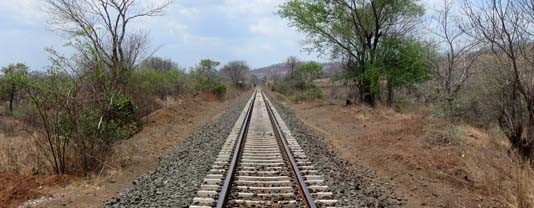This month we “Focus on” an important project in Mozambique (pp. 51-54): the building of the Nacala Corridor, which is very important for the economy of this African state. It is a railway line 900-km-long for the export of coal from the mining region of Tete – very important for Malawai country too. This is not the only project of economical importance we are dealing with on this issue of Railway Engineering. On the “Special” (pp. 55-59) we actually focus on the Brenner Base Tunnel verifying the progress of the works of the tunnel together with Raffaele Zurlo, the Italian CEO of BBT SE, the European company in charge of the construction work. Fully interoperable, not only will the Tunnel dramatically reduce the journey times for passenger trains but it will also mean that freight trains weighing 1600 tons and 750 m in length can operate using only one locomotive. The aim is to take transport off the roads and onto the railways to better safeguard the environment and offer new prospects for economic relations within Europe. If trains travels safely on the rails it is also due to people working “behind the scenes”. The “Interview” (pp. 3-7) with Marco Caposciutti lets us discover the Trenitalia Technical Department. It is a strategic area of FS Group that deals with rolling stock engineering, cyclical maintenance and operating safety. Technology & Innovation is the heart of Railway Engineering that we carry on in collaboration with CIFI (Italian Railway Engineers Association). On this issue it covers an important body of the magazine. It actually develops from page 9 to page 50 and focuses on three recent and deep technological subjects: “Science” is about the study and the setup of a Vertical Loads Measurement Station (SMCV) transmitted from the wheels to the rails during operation. “Observatory” takes into consideration the feasibility assessment of the new “Circumetnea” railway through a multimodal network model with elastic demand. The most recent one is the subject we deal with “Skill”. After our “less technical” homage to Frecciarossa on our last Focus on (issue n. 32 May 2015) we now concentrate on the monitoring process in the context of development, construction and commissioning of ETR 1000 (the so called Frecciarossa). Last but not least, thanks to our “Made in Itlay” (p. 61), another Italian company shows its production to the international public: La Celsia, producing sintered alloys.
We just have to wish you a good reading! Have a nice trip!
Anna Celenta
